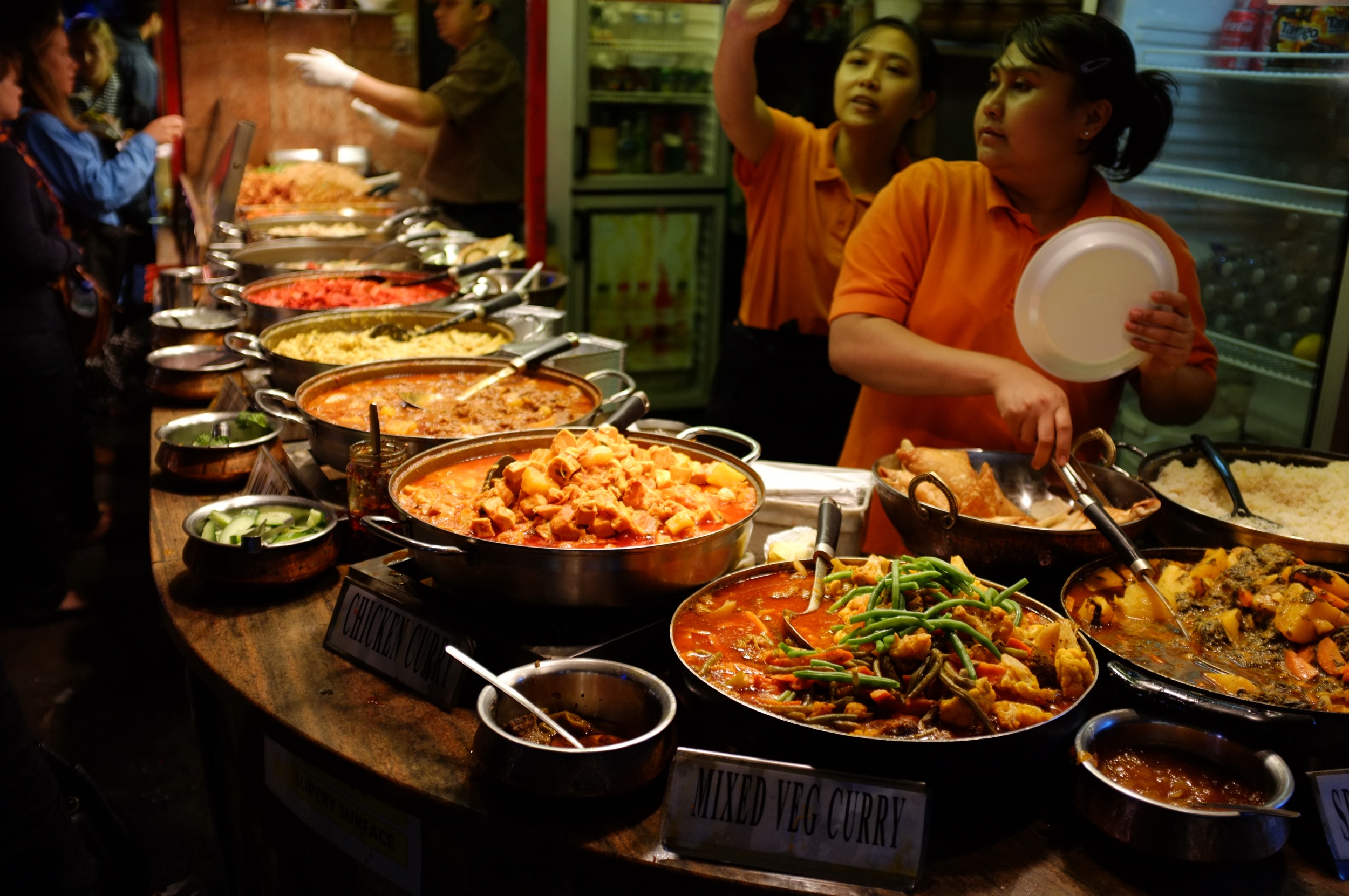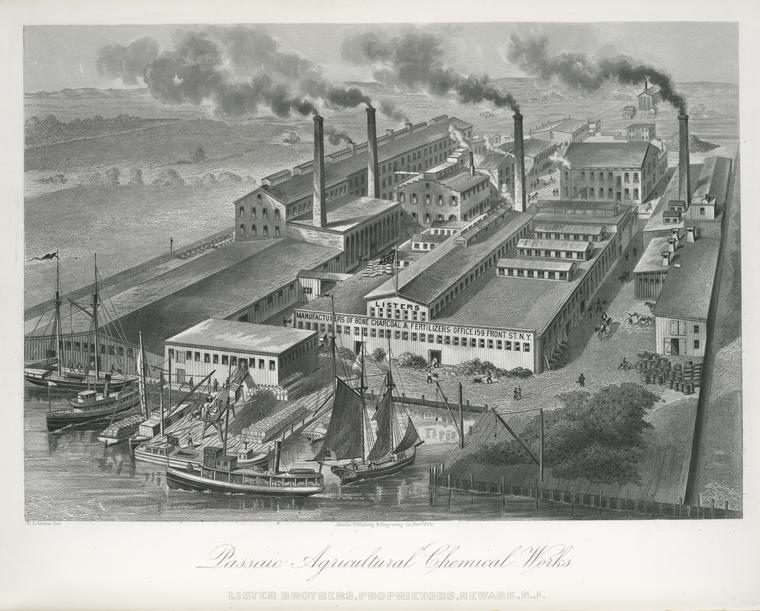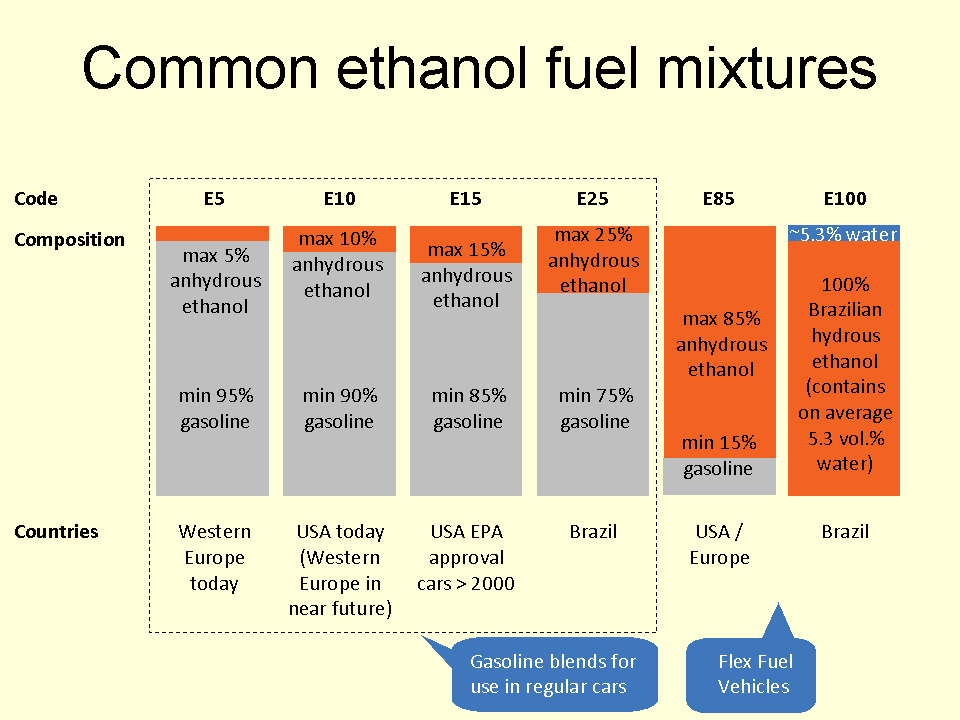|
Jubilant Life Sciences
The Jubilant Bhartia Group is an Indian conglomerate with interests in pharmaceuticals, food services, agribusiness, energy, and other services. It was founded in 1978 by Shyam Sundar Bhartia and Hari Bhartia and is headquartered in Noida, Uttar Pradesh. History Brothers Shyam Sundar Bhartia (husband of Shobhana Bhartia) and Hari Bhartia founded Vam Organics Limited on 21 June 1978. The name was the abbreviation of the product the company manufactured, vinyl acetate monomer (VAM). The business was seeded with funds obtained from their father Mohan Lal Bhartia, who was a steel wire and Rolex watch trader in Kolkata. Vam Organics gained opportunities to carry out higher-value work for drug and chemical industries following economic liberalisation in India in the 1990s. The company was renamed Jubilant Organosys in 2001, which began the use of the name "Jubilant" for the group. On the recommendation of a friend who owned foreign pizza licences, the Bhartias entered into a master f ... [...More Info...] [...Related Items...] OR: [Wikipedia] [Google] [Baidu] |
Conglomerate (company)
A conglomerate () is a type of multi-industry company that consists of several different and unrelated List of legal entity types by country, business entities that operate in various industries. A conglomerate usually has a Holding company, parent company that owns and controls many Subsidiary, subsidiaries, which are legally independent but financially and strategically dependent on the parent company. Conglomerates are often large and Multinational corporation, multinational corporations that have a global presence and a diversified portfolio of products and services. Conglomerates can be formed by merger and acquisitions, Corporate spin-off, spin-offs, or joint ventures. Conglomerates are common in many countries and sectors, such as Media (communication), media, Finance, banking, Energy industry, energy, mining, manufacturing, retail, Arms industry, defense, and transportation. This type of organization aims to achieve economies of scale, market power, Risk management, ris ... [...More Info...] [...Related Items...] OR: [Wikipedia] [Google] [Baidu] |
Vitamin B4
Vitamin B4 is a former designation given to several distinct chemical compounds, none of which is currently considered a true vitamin: * Choline is synthesized by the human body, but not sufficiently to maintain good health, and is now considered an essential dietary nutrient. * Adenine is a nucleobase synthesized by the human body. * Carnitine Carnitine is a quaternary ammonium compound involved in metabolism in most mammals, plants, and some bacteria. In support of energy metabolism, carnitine transports long-chain fatty acids from the cytosol into mitochondria to be oxidized for f ... is an essential dietary nutrient for certain worms, but not for humans. References {{chemistry index, Vitamin B4 ... [...More Info...] [...Related Items...] OR: [Wikipedia] [Google] [Baidu] |
Sri Lanka
Sri Lanka, officially the Democratic Socialist Republic of Sri Lanka, also known historically as Ceylon, is an island country in South Asia. It lies in the Indian Ocean, southwest of the Bay of Bengal, separated from the Indian subcontinent, Indian peninsula by the Gulf of Mannar and the Palk Strait. It shares a maritime border with the Maldives in the southwest and India in the northwest. Sri Jayawardenepura Kotte is the legislative capital of Sri Lanka, while the largest city, Colombo, is the administrative and judicial capital which is the nation's political, financial and cultural centre. Kandy is the second-largest urban area and also the capital of the last native kingdom of Sri Lanka. The most spoken language Sinhala language, Sinhala, is spoken by the majority of the population (approximately 17 million). Tamil language, Tamil is also spoken by approximately five million people, making it the second most-spoken language in Sri Lanka. Sri Lanka has a population of appr ... [...More Info...] [...Related Items...] OR: [Wikipedia] [Google] [Baidu] |
Nepal
Nepal, officially the Federal Democratic Republic of Nepal, is a landlocked country in South Asia. It is mainly situated in the Himalayas, but also includes parts of the Indo-Gangetic Plain. It borders the Tibet Autonomous Region of China China–Nepal border, to the north, and India India–Nepal border, to the south, east, and west, while it is narrowly separated from Bangladesh by the Siliguri Corridor, and from Bhutan by the States and union territories of India, Indian state of Sikkim. Nepal has a Geography of Nepal, diverse geography, including Terai, fertile plains, subalpine forested hills, and eight of the world's ten List of highest mountains#List, tallest mountains, including Mount Everest, the highest point on Earth. Kathmandu is the nation's capital and List of cities in Nepal, its largest city. Nepal is a multi-ethnic, multi-lingual, multi-religious, and multi-cultural state, with Nepali language, Nepali as the official language. The name "Nepal" is first record ... [...More Info...] [...Related Items...] OR: [Wikipedia] [Google] [Baidu] |
Master Franchise
A master franchise is a franchise relationship in which the owner of the franchise brand (the master franchisor) grants to another party the right to recruit new franchisees in a specific area. In exchange, the other party typically pays some price as well as agreeing to take on some or all of the responsibility to train and support new franchisees in their area. Because the role of a master franchisee within their territory is similar to that of a franchisor, they are often referred to as sub-franchisors. As of 2020, according to an in-depth survey of franchisors based in the United States, approximately 20% of franchisors use master franchising as an international growth strategy. According to the research, it is the most popular (either by itself or in conjunction with multi-unit development), method for U.S. franchisors to expand abroad.} Business model In general, a franchise enables a product to be dispersed across more outlets and regions, solving many geographic concerns ... [...More Info...] [...Related Items...] OR: [Wikipedia] [Google] [Baidu] |
Food Service
The foodservice (US English) or catering (British and Commonwealth English) industry includes the businesses, institutions, and companies which prepare meals outside the home. It includes restaurants, grocery stores, school and hospital cafeterias, catering operations, and many other formats. Suppliers to foodservice operators are foodservice distributors, who provide small wares (kitchen utensils) and foods. Some companies manufacture products in both consumer and food service versions. The consumer version usually comes in individual-sized packages with elaborate label design for retail sale. The foodservice version is packaged in a much larger industrial size and often lacks the colorful label designs of the consumer version. Statistics The food system, including food service and food retailing supplied $1.24 trillion worth of food in 2010 in the US, $594 billion of which was supplied by food service facilities, defined by the USDA as any place which prepares food for immed ... [...More Info...] [...Related Items...] OR: [Wikipedia] [Google] [Baidu] |
Agrochemical
An agrochemical or agrichemical, a contraction of ''agricultural chemical'', is a chemical product used in industrial agriculture. Agrichemical typically refers to biocides (pesticides including insecticides, herbicides, fungicides and nematicides) alongside synthetic fertilizers. It may also include hormones and other chemical growth agents. Though the application of mineral fertilizers and pesticidal chemicals has a long history, the majority of agricultural chemicals were developed from the 19th century, and their use were expanded significantly during the Green Revolution and the late 20th century. Agriculture that uses these chemicals is frequently called conventional agriculture. Agrochemicals are counted among speciality chemicals. Most agrochemicals are products of the petrochemical industry, where chemicals are derivatives of fossil fuels. The production and use of agrochemicals contribute substantially to climate change, both through direct emissions during production, a ... [...More Info...] [...Related Items...] OR: [Wikipedia] [Google] [Baidu] |
Pharmaceutical Industry
The pharmaceutical industry is a medical industry that discovers, develops, produces, and markets pharmaceutical goods such as medications and medical devices. Medications are then administered to (or self-administered by) patients for curing or preventing disease or for alleviating symptoms of illness or injury. Pharmaceutical companies may deal in generic drugs, branded drugs, or both, in different contexts. Generic materials are without the involvement of intellectual property, whereas branded materials are protected by chemical patents. The industry's various subdivisions include distinct areas, such as manufacturing biologics and total synthesis. The industry is subject to a variety of laws and regulations that govern the patenting, efficacy testing, safety evaluation, and marketing of these drugs. The global pharmaceutical market produced treatments worth a total of $1,228.45 billion in 2020. The sector showed a compound annual growth rate (CAGR) of 1.8% in 2021, ... [...More Info...] [...Related Items...] OR: [Wikipedia] [Google] [Baidu] |
Contract Manufacturing Organization
A contract manufacturing organization (CMO), more recently referred to (and more commonly used now) as a contract development and manufacturing organization (CDMO) to avoid the acronym confusion of Chief Medical Officer or Clinical Monitoring Organization in the pharma industry, is a company that serves other companies in the pharmaceutical industry on a contract basis to provide comprehensive services from drug development through drug manufacturing. This allows major pharmaceutical companies to outsource those aspects of the business, which can help with scalability or can allow the major company to focus on drug discovery and drug marketing instead. Services offered by CDMOs include, but are not limited to: * pre-formulation, * formulation development, * stability studies, * method development, * pre-clinical and Phase I clinical trial materials, * late-stage clinical trial materials, * formal stability, * scale-up, * registration batches and commercial production. C ... [...More Info...] [...Related Items...] OR: [Wikipedia] [Google] [Baidu] |
Molasses
Molasses () is a viscous byproduct, principally obtained from the refining of sugarcane or sugar beet juice into sugar. Molasses varies in the amount of sugar, the method of extraction, and the age of the plant. Sugarcane molasses is usually used to sweeten and flavour foods. Molasses is a major constituent of fine commercial brown sugar. Molasses is rich in vitamins and minerals, including vitamin B6, iron, calcium, magnesium, and potassium. There are different types of molasses depending on the amount of time refined, including first molasses (highest sugar content), second molasses (slightly bitter), and blackstrap molasses (the darkest and most robust in flavor). Molasses was historically popular in the Americas before the 20th century as a sweetener. It is still commonly used in traditional cuisine, such as in Madeira Island's traditional dishes. In addition to culinary uses, molasses has industrial applications, such as in the distillation of rum, as an additiv ... [...More Info...] [...Related Items...] OR: [Wikipedia] [Google] [Baidu] |
Sugarcane
Sugarcane or sugar cane is a species of tall, Perennial plant, perennial grass (in the genus ''Saccharum'', tribe Andropogoneae) that is used for sugar Sugar industry, production. The plants are 2–6 m (6–20 ft) tall with stout, jointed, fibrous stalks that are rich in sucrose, which accumulates in the Plant stem, stalk internodes. Sugarcanes belong to the grass family, Poaceae, an economically important flowering plant family that includes maize, wheat, rice, and sorghum, and many forage crops. It is native to New Guinea. Sugarcane was an ancient crop of the Austronesian people, Austronesian and Indigenous people of New Guinea, Papuan people. The best evidence available today points to the New Guinea area as the site of the original domestication of ''Saccharum officinarum''. It was introduced to Polynesia, Island Melanesia, and Madagascar in prehistoric times via Austronesian sailors. It was also introduced by Austronesian sailors to India and then to Southern China by 500 ... [...More Info...] [...Related Items...] OR: [Wikipedia] [Google] [Baidu] |
Common Ethanol Fuel Mixtures
Several common ethanol fuel mixtures are in use around the world. The use of pure anhydrous, hydrous or anhydrous ethanol in internal combustion engines (ICEs) is only possible if the engines are designed or modified for that purpose, and used only in automobiles, light-duty trucks and motorcycles. Anhydrous ethanol can be blended with :gasoline (petrol) for use in gasoline engines, but with high ethanol content only after engine modifications to meter increased fuel volume since pure ethanol contains only 2/3 of the BTUs of an equivalent volume of pure gasoline. High percentage ethanol mixtures are used in some racing engine applications as the very high octane rating of ethanol is compatible with very high compression ratios. Ethanol fuel mixtures have "E" numbers which describe the percentage of ethanol fuel in the mixture by volume, for example, E85 is 85% anhydrous ethanol and 15% gasoline. Low-ethanol blends are typically from E5 to E25, although internationally the most c ... [...More Info...] [...Related Items...] OR: [Wikipedia] [Google] [Baidu] |




